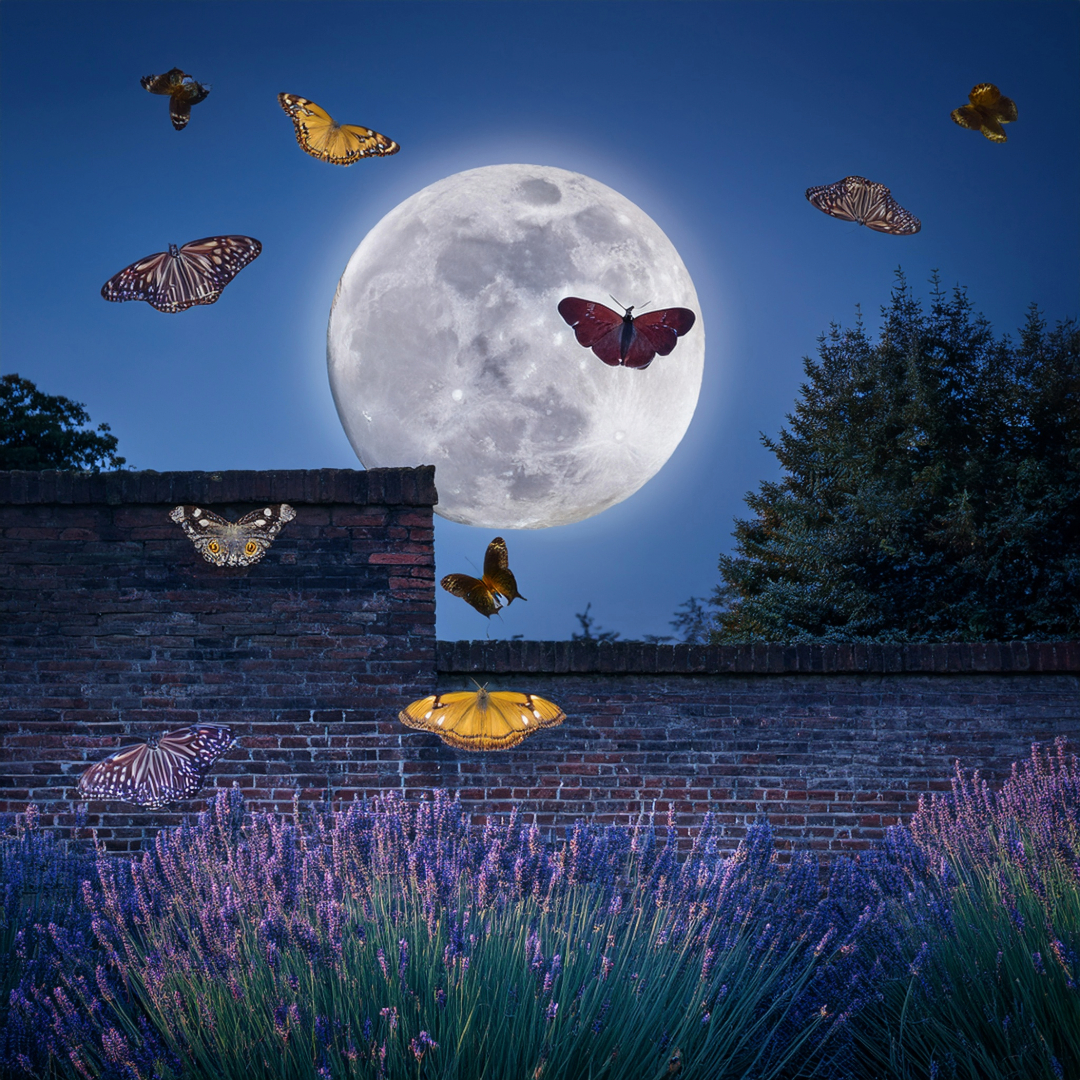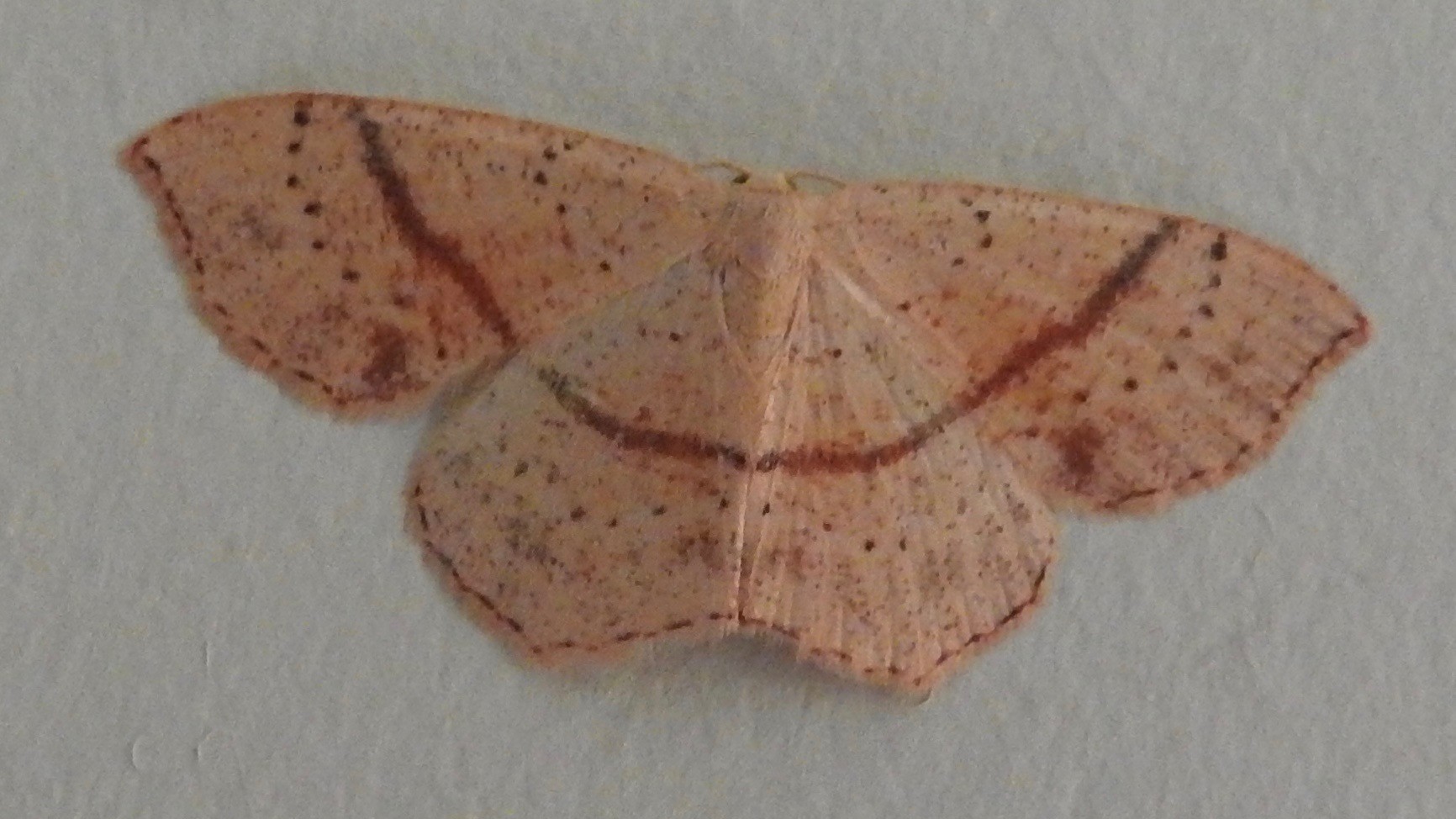While butterflies claim the daylight, May nights belong to moths—from the blood-red cinnabar to the emperor with its seven-centimeter wingspan. Discover which day-flier mimics a 16th-century witch, which rare beauty hides in Thameside wastelands, and why male emperors gather like gentlemen callers at dusk. But beware the ghost moth’s goat-like stench and the buff-tip’s uncanny disguise as a broken cigarette!
Return on 28 May to explore London’s moth madness—where hawkmoths power through lime trees, and "peppered" wings whisper tales of evolution.
Many, many more moths can be seen in May. Species regarded as common include the brimstone, brown silver-line, iron prominent, lesser swallow prominent, coxcomb prominent, marbled brown, heart and dart, shuttle-striped dart, flame shoulder, bright-line brown-eye, treble lines, nut-tree tussock, scalloped hazel, setaceous hebrew character, pale tussock and chinese character. This is the first month in which moths start to be noticed flying more during the day e.g. the latticed heath, silver-ground carpet, double-striped pug, mother shipton and burnet companion.

One of the most noticeable is the scarlet and black cinnabar moth. Although it is a night-flyer, it is easily disturbed during the day and often seen on good downland towards the end of the month. Later, its caterpillars will be seen devouring ragworts till their stems are virtually bare. The latticed heath prefers clovers and trefoils and so is commonly disturbed on waste ground. Mother shipton is larger than most of the moths we see during the day; it has attractive markings, which are supposed to look like the sixteenth century soothsayer after whom it is named.
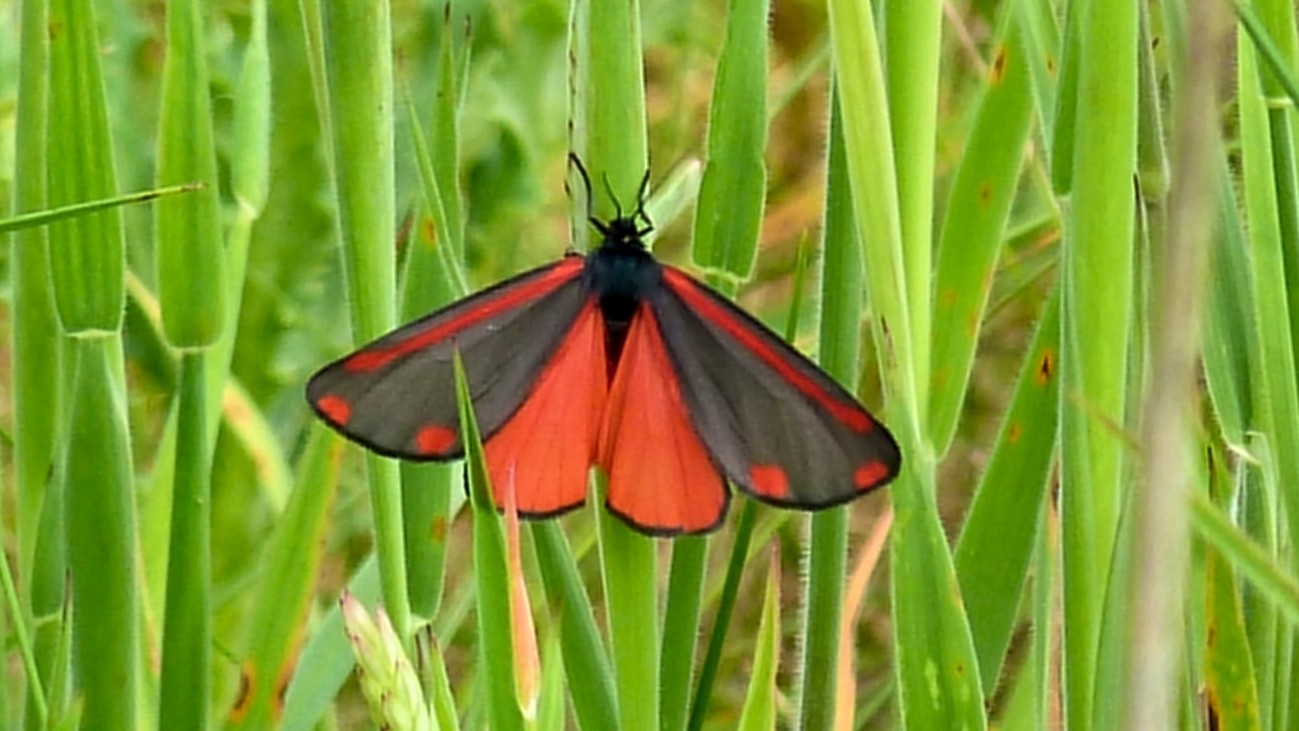
The silver-ground carpet tends to be one of those moths which gets caught in headlights on country lanes, but it can also be seen during the day. Rarer day-fliers include the red-belted clearwing, yellow belle and emperor. Clearwings have few scales on their wings and look a little like wasps. The red-belted clearwing has a distinct red band around its abdomen, making it easier than most to identify. It is best looked for in gardens, especially where there are old apple trees. The yellow belle is a rare beauty restricted to the East End of London, and even their mainly at the edge of the Thames. The emperor is our largest moth, and one of the smallest of the atlas moths which are the group which include silk moths. Like many other moths it is attracted to females by their pheromones.
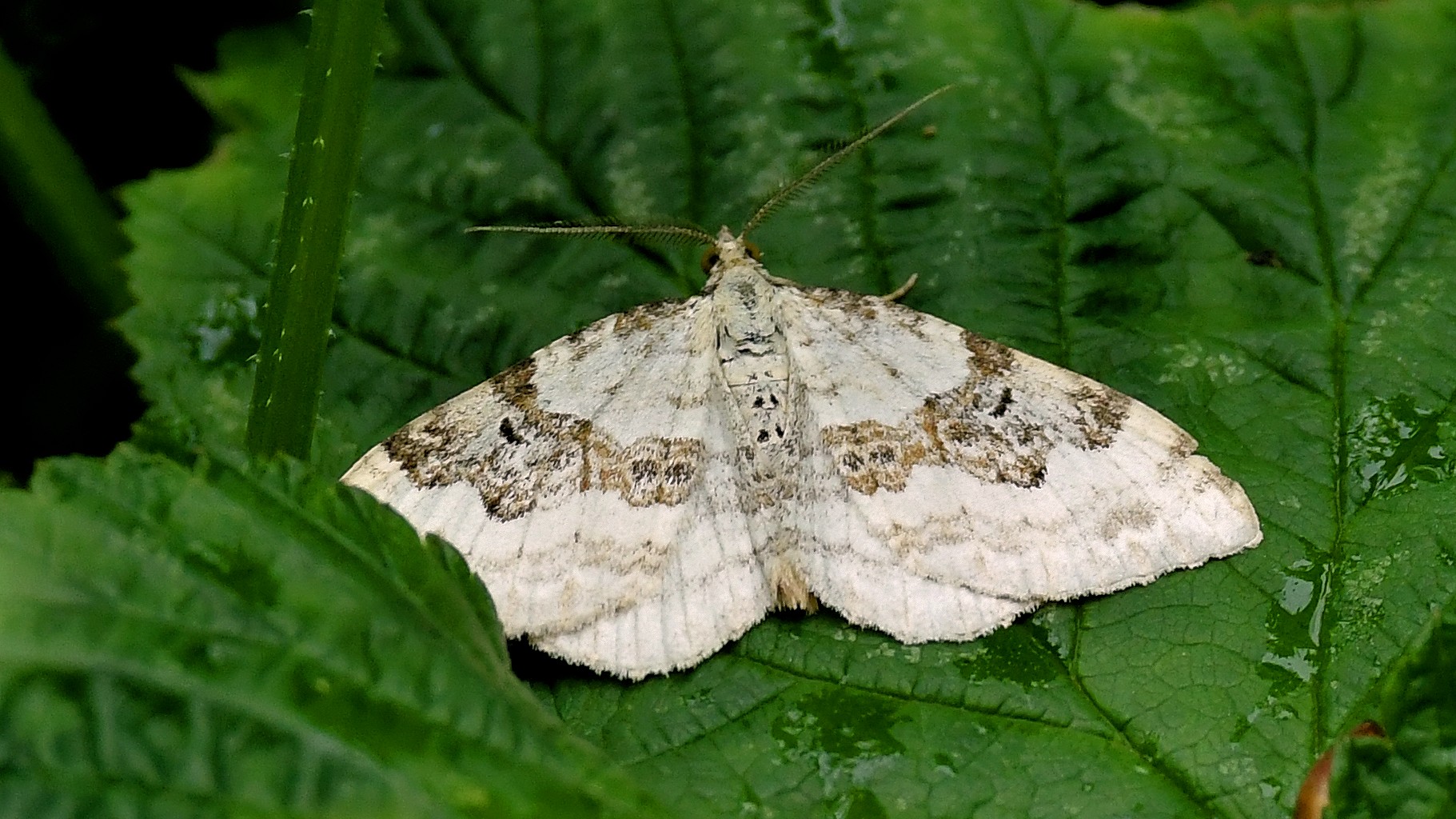
Emperors have seven centimetre wingspans and large black, yellow and blue false eye spots. Rarely, the males have been known to form ‘assemblies’ in the late afternoon around females. One famous day-flier that is not seen anymore is the beautiful metallic green and yellow cistus forester, which was last recorded on rockroses on Box Hill a century ago.
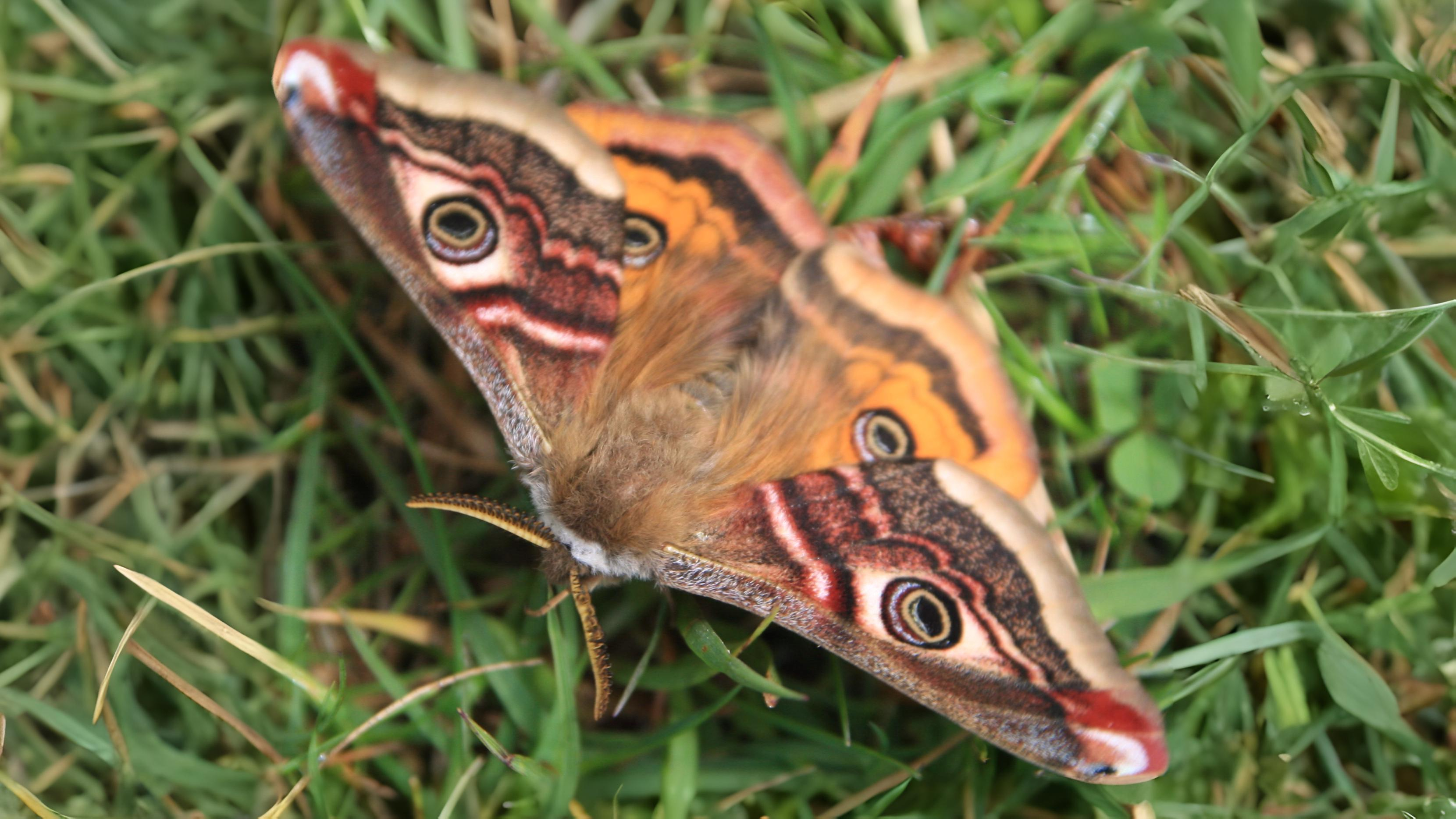
Hawkmoths are very large moths with handsome markings, pointed forewings and a noticeably a rapid and powerful flight. Because of all the lime trees in London, the lime hawk moth is the most common, but the poplar and eyed hawk moths are also both widespread. The small, attractive pink and ochre elephant hawk moth is occasionally seen in south west London. Several of the main groups of moths are now increasing their numbers. There are many new pugs e.g. netted, pinion-spotted, foxglove, white-spotted, ochreous, toadflax, dwarf, ash, pimpernel, mottled and currant. Their names often tell you what plant their caterpillars prefer to feed on. Many carpets, as their name suggests, have intricate patterns on their wings.

New ones include chestnut-coloured, beautiful, common, broken-barred, satin, flame, red twin-spot, ringed, silver ground, dark-barred twinspot and barberry. Prominents are powerful fliers with sturdy bodies and small prominent projections at the end of their forewings which can be seen when they are resting.
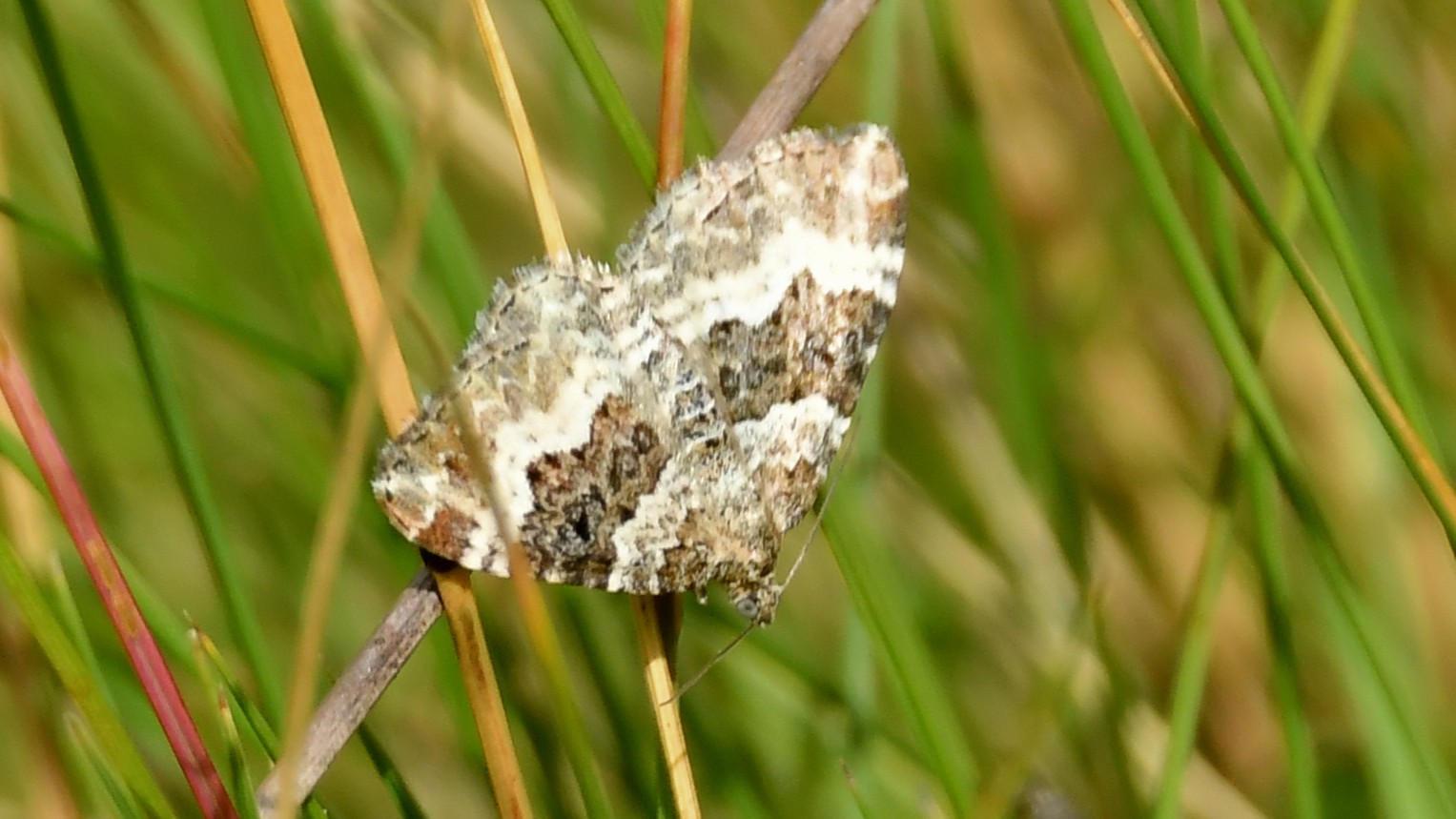
There are twenty-two of them in the London area, of which the pebble, coxcomb, pale, maple, lesser swallow, great, scarce and iron can all now be seen. New hooktips, which often have hooks at the ends of their forewings, include scalloped, pebble, oak and barred. New underwings are the small yellow and beautiful yellow and any new any brocades could be the light, pale-shouldered or beautiful.

There is a breathtaking variety of colours and patterns in our moths and far too many to get to know easily or quickly. Other interesting species this month for the enthusiast are the peppered, ghost, bufftip and puss moths. The peppered moth, with its salt and pepper markings, is famously used as an example of one of the proofs of evolution. The ghost moth is famous for swaying to and fro and smelling of goats. The buff-tip looks for all the world like a broken twig or cigarette end and the puss moth is large with a mixture of snowy-white and smoky black zig zag markings as well as dots.
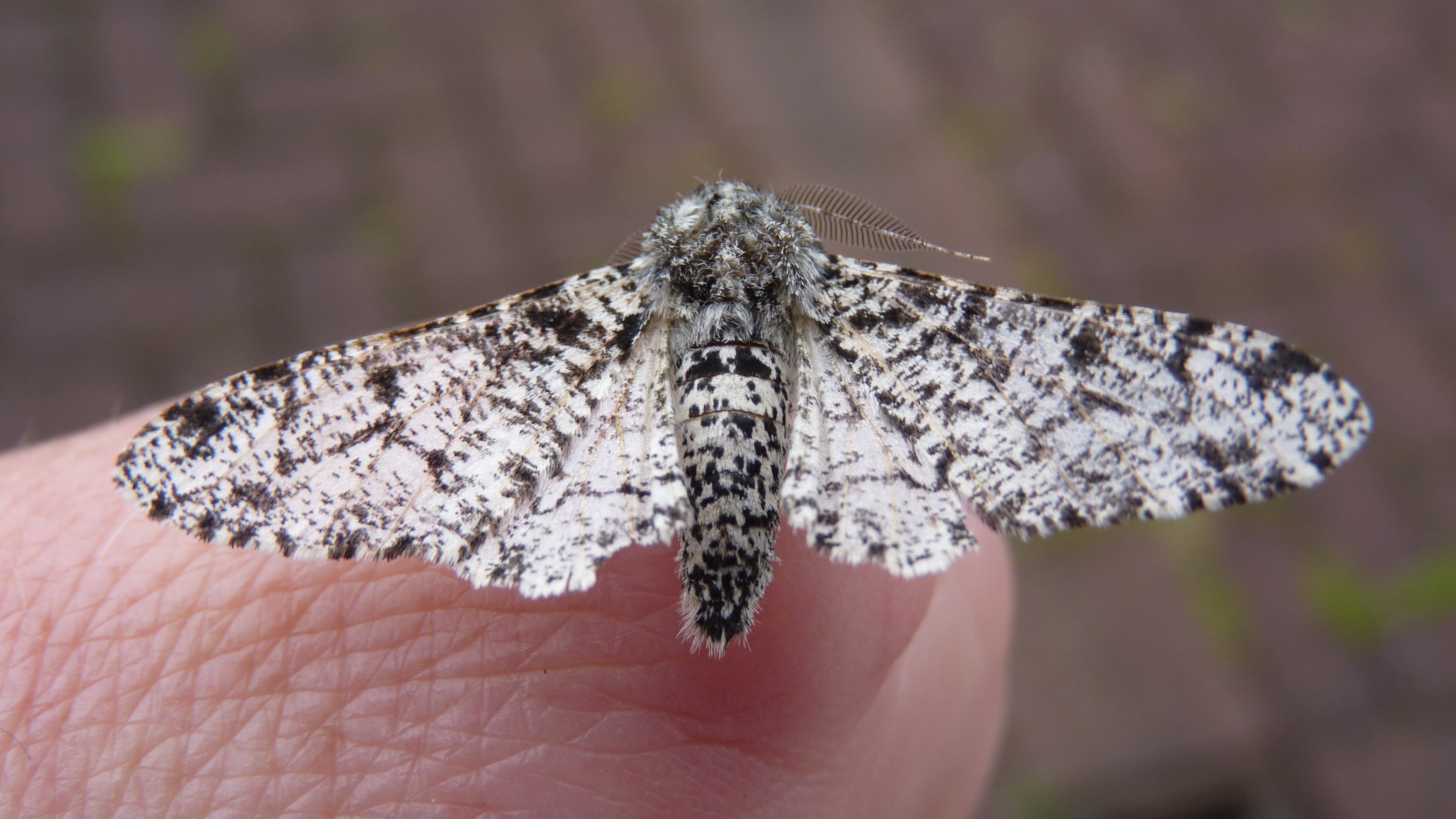
The extravagant names the Victorians gave to our moths knows no end. The dog’s tooth, Ni moth, small seraphim, May high flyer, maiden’s blush, scorched carpet, broom tip and figure of eight are all examples which have been recorded this month in London
